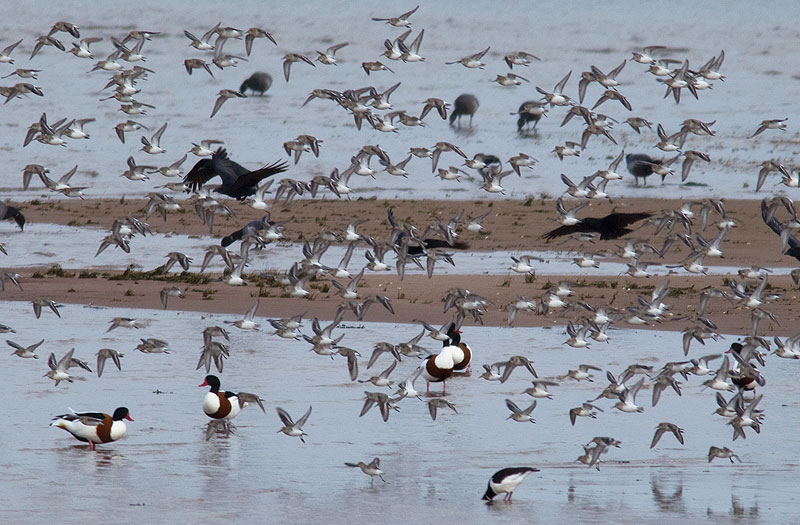December 2011
30th. Kingfisher and a male blackcap between Flax Bourton and The Old Barn, Wraxall.
28th. An excellent morning at Slimbridge. First I spent about 2 hours in the Zeiss Hide, where 2 bitterns were present. One eventually came out in front of the reed bed, and showed exceptionally well. A water rail also swam in the water there.
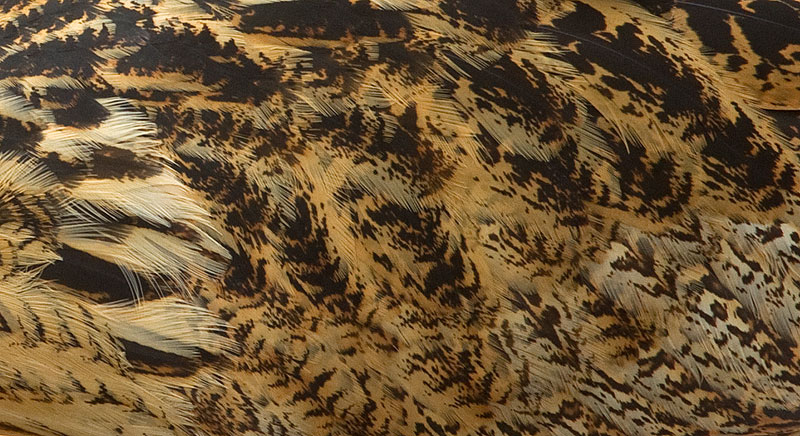
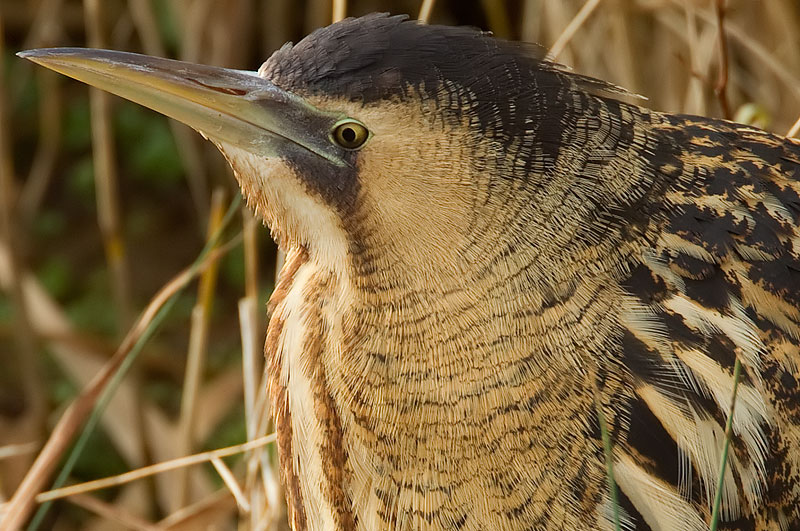
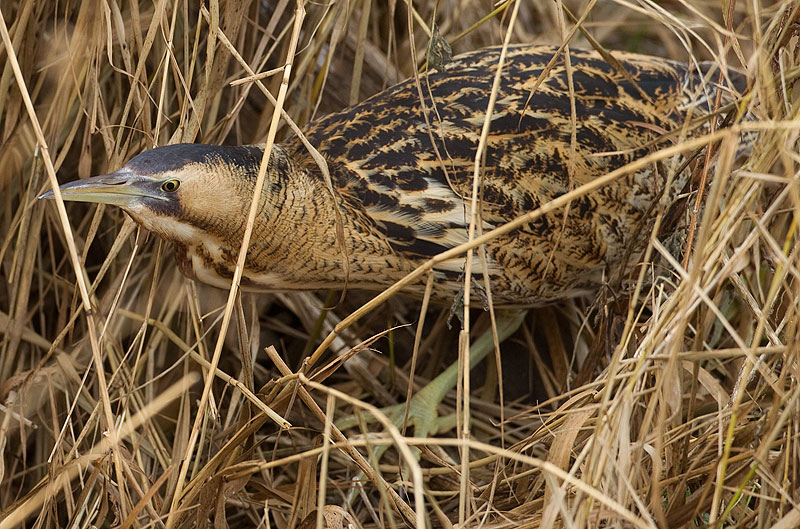
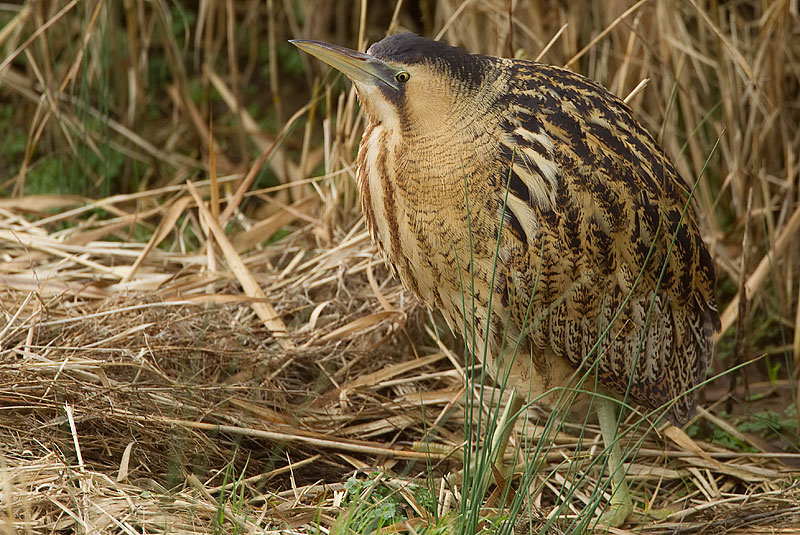
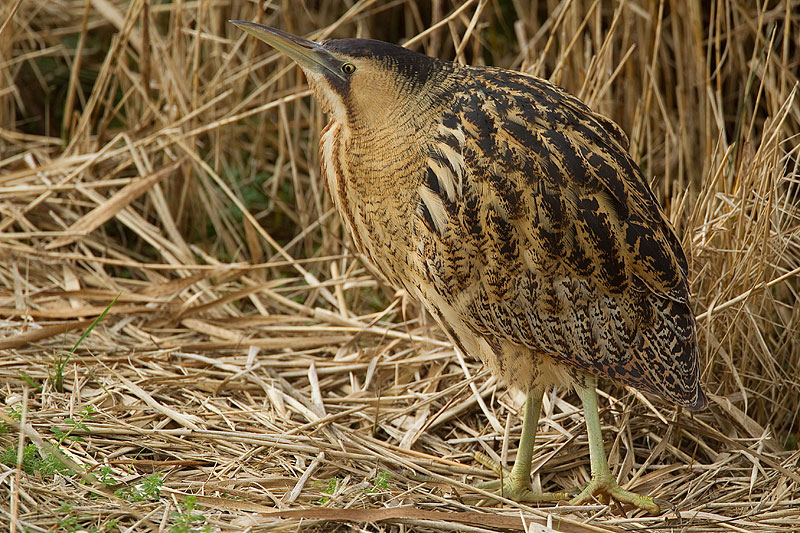
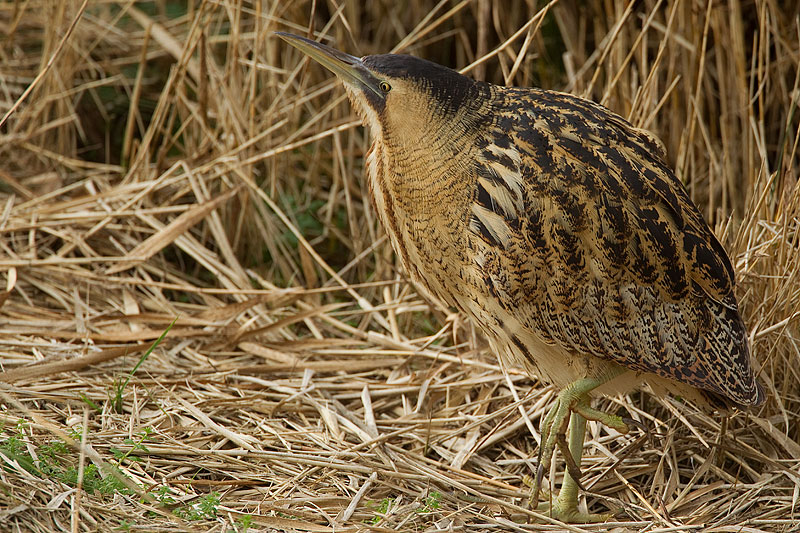
It didn't catch any voles while I was there, only a small insect that looked perhaps like a dung fly.
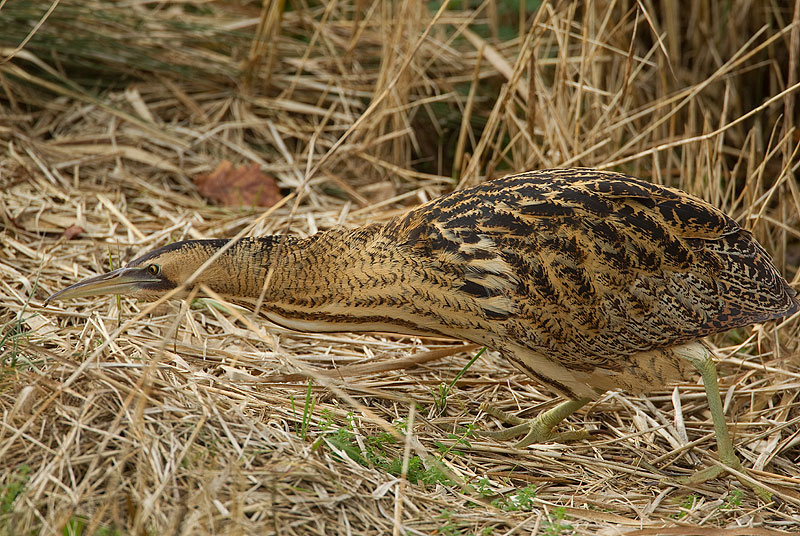
The female lesser scaup was about as close as it could be (although was usually asleep) in front of the Robbie Garnett Hide, giving an excellent chance to study some of the subtleties of its plumage. The head appeared almost slightly iridescent in some lighting conditions, and a neck ring was apparent on the extended neck. The iris is now much lighter in colour than during its first winter.
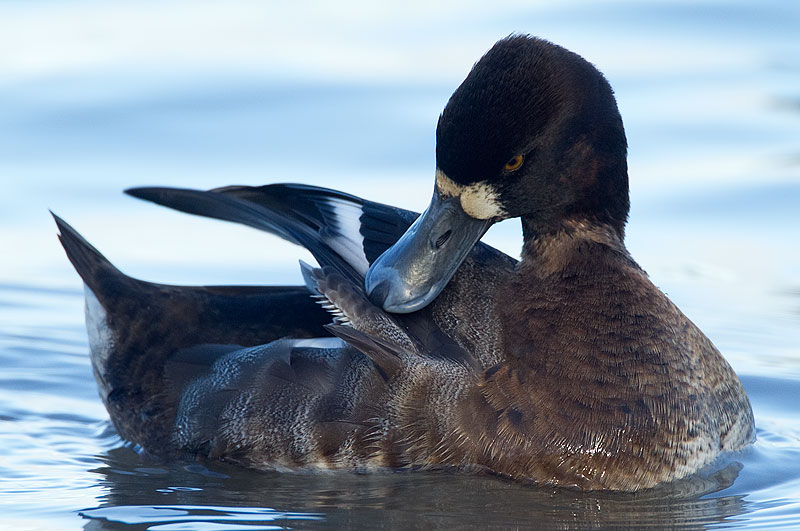
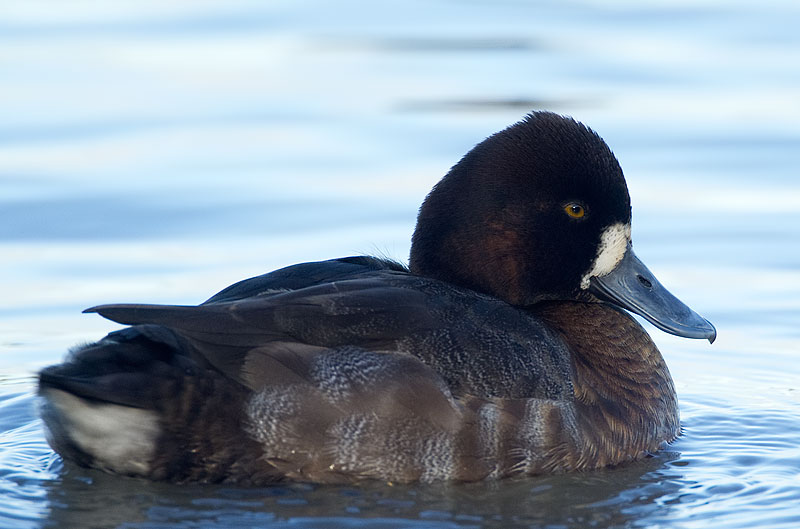
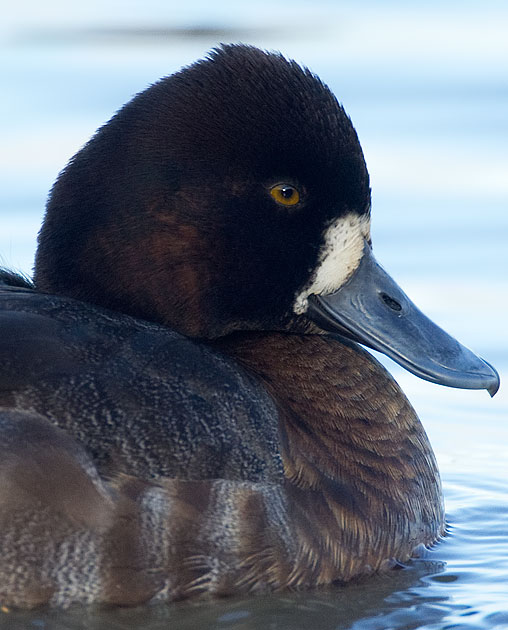
27th. Two little egrets in a field with cattle near Watercress Farm, Wraxall.
24th. The spotted sandpiper showed well in the north channel at Herriot's Bridge, Chew Valley Lake, only to fly off to the Pool when I went to my car for the camera. Two chiffchaffs were in the channel also, and at least one of them looked very brown.
22nd. A juvenile/first-winter shag on the Marine Lake at Clevedon was a nice find while walking around Poet's Walk with Anna.
18th. Relatively quiet on the Clevedon-Yeo stretch of the Severn. It really feels like winter now with big flocks of winter thrushes and waders in the area. Photographs below of dunlin, turnstone and rock pipit.
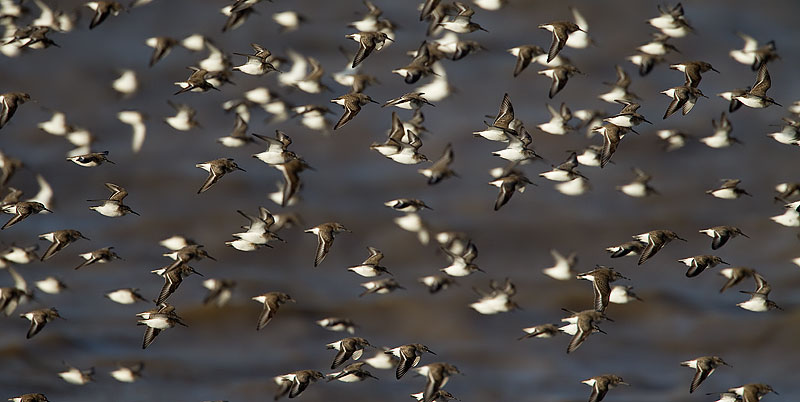
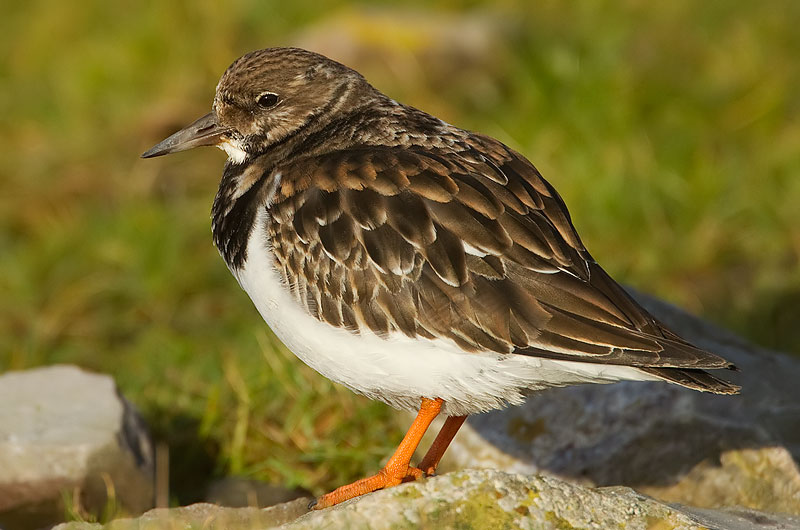
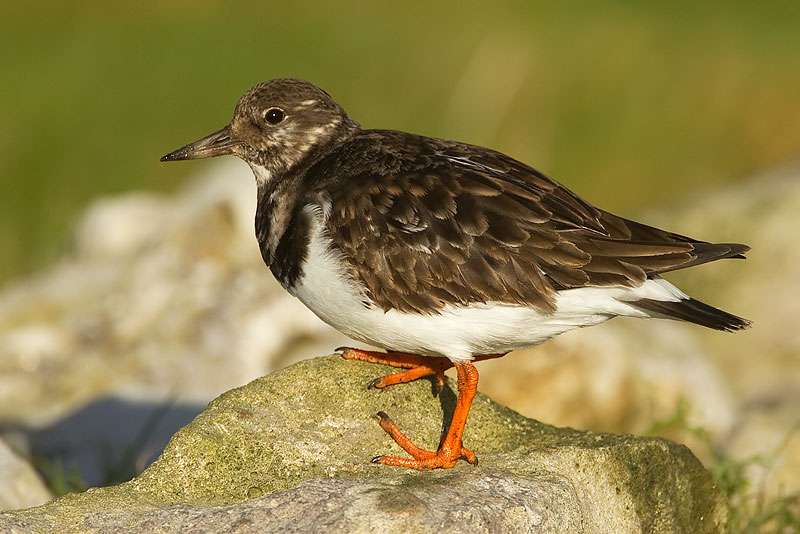
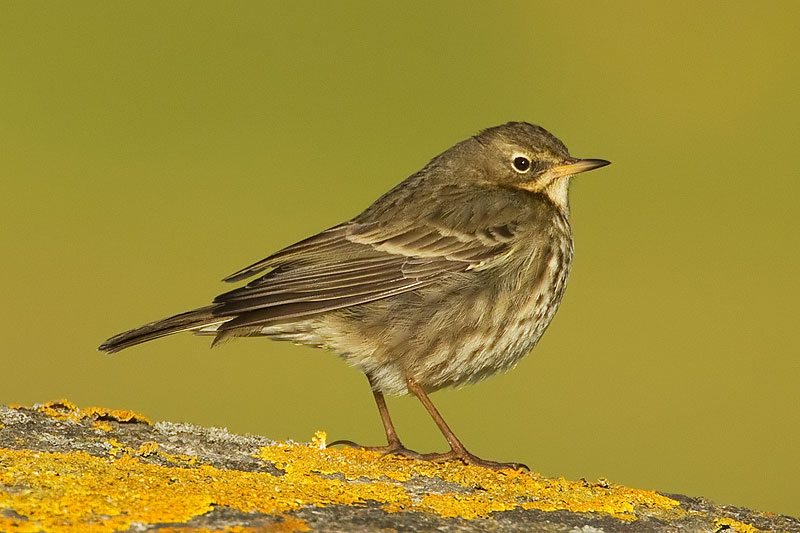
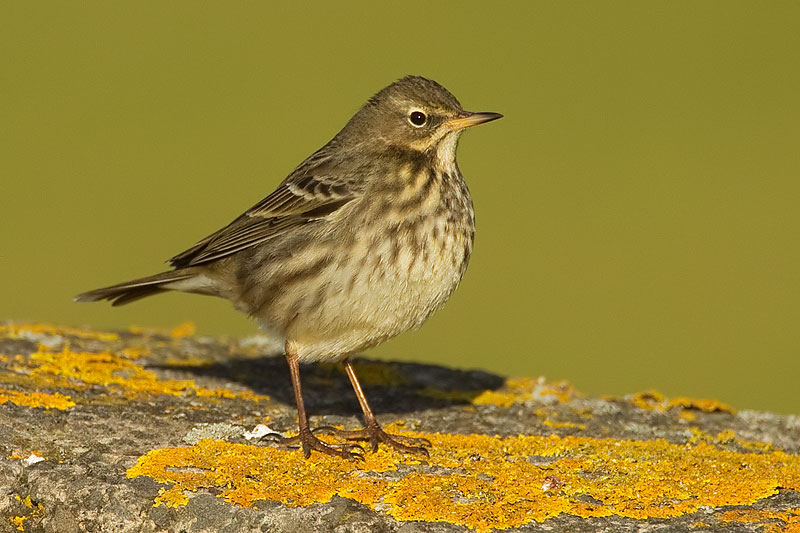
17th. I spent a couple of hours in the hide at Catcott Lows photographing the large numbers of duck that occasionally got spooked by a peregrine. Two marsh harriers were also present at the back of the reserve. The adult and two juvenile whooper swans are still present.

The most abundant duck are wigeon, with smaller numbers of shoveler, pintail (in photos below) and teal present.
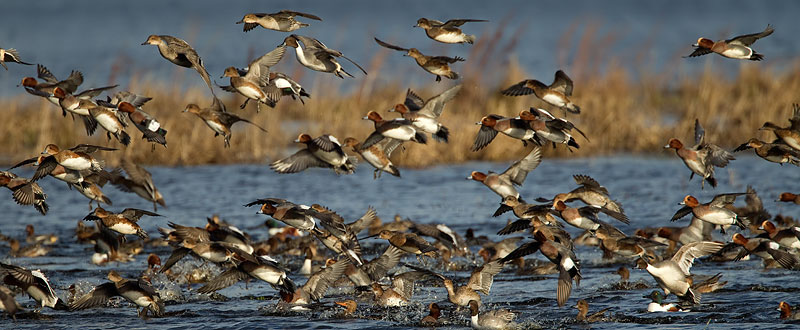
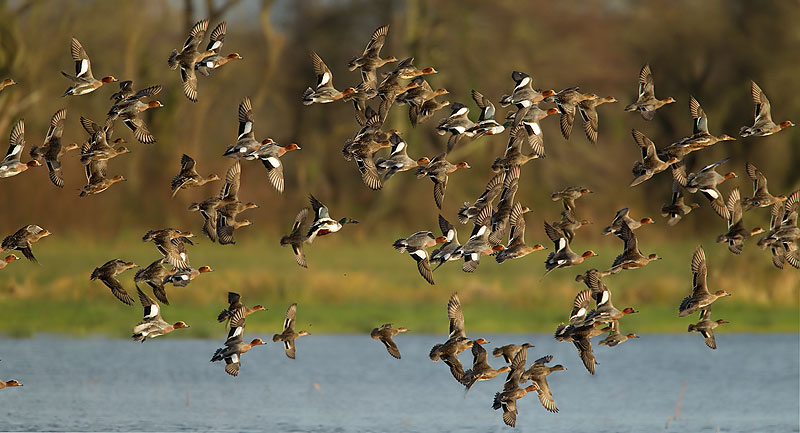
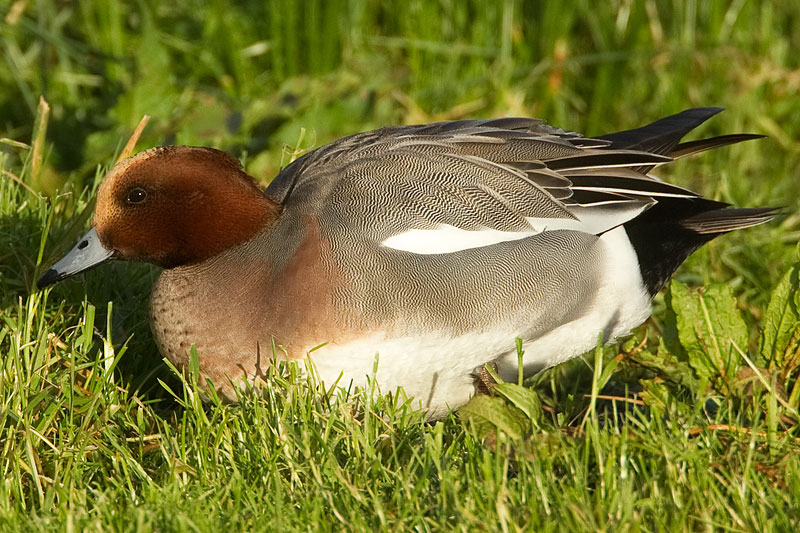
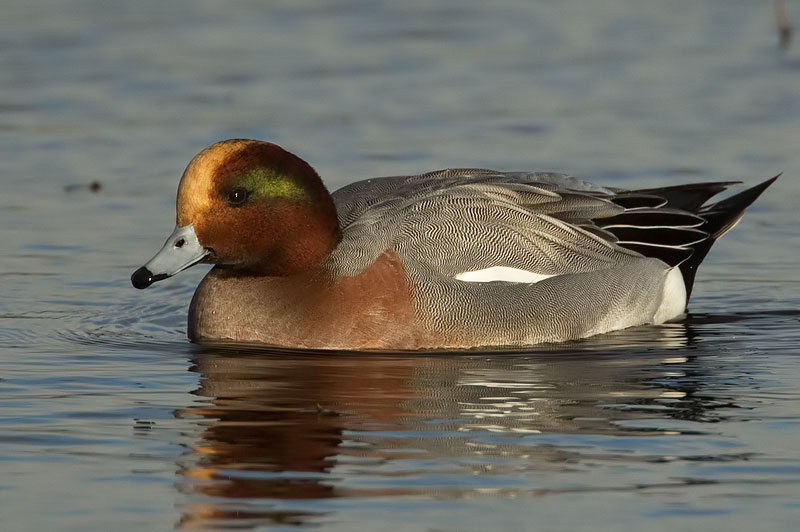
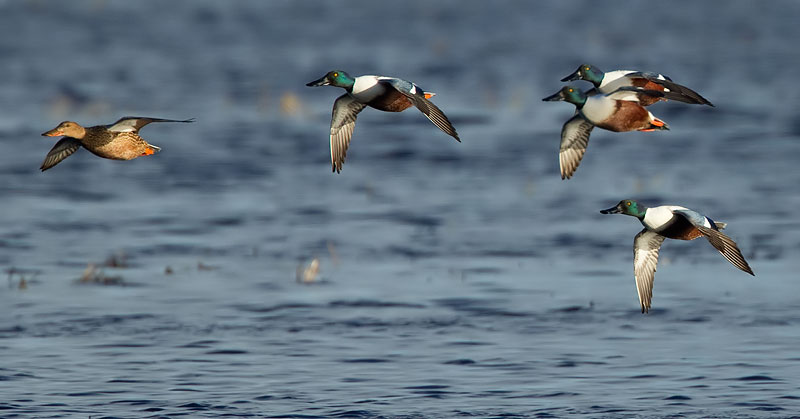
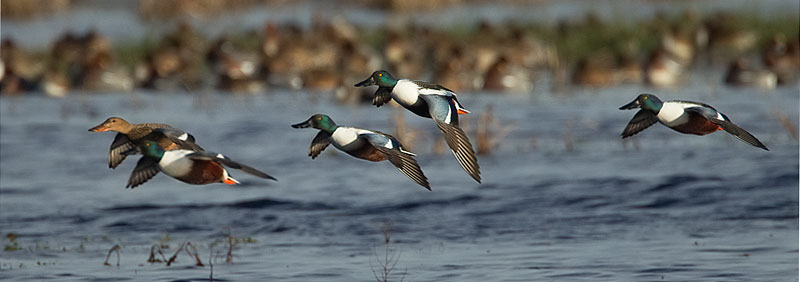
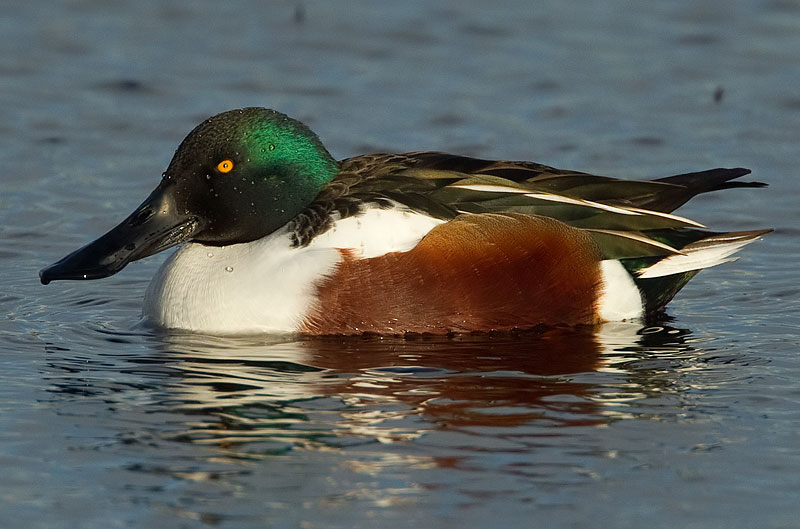
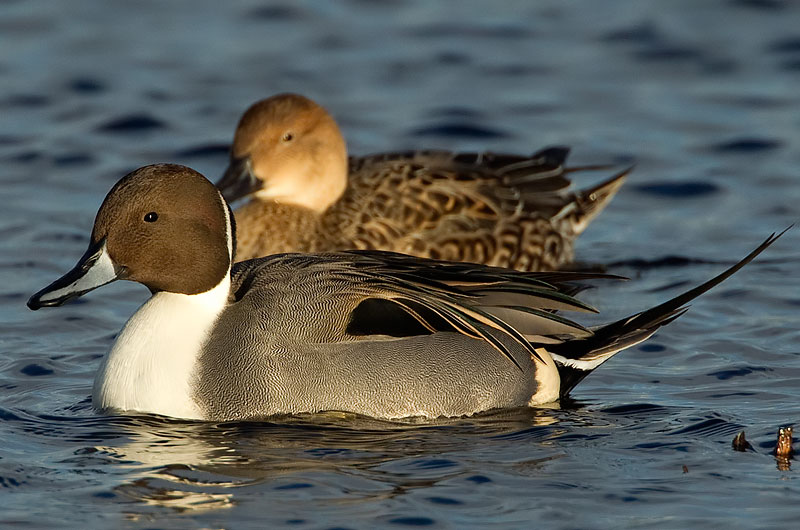
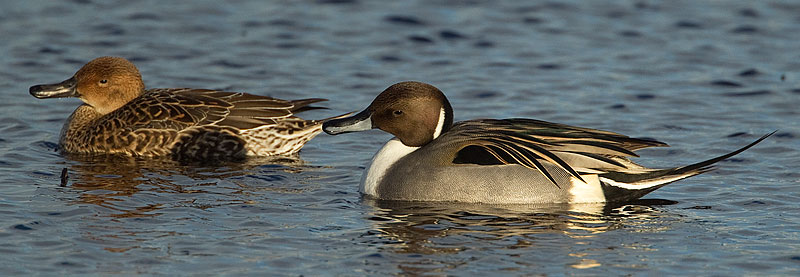
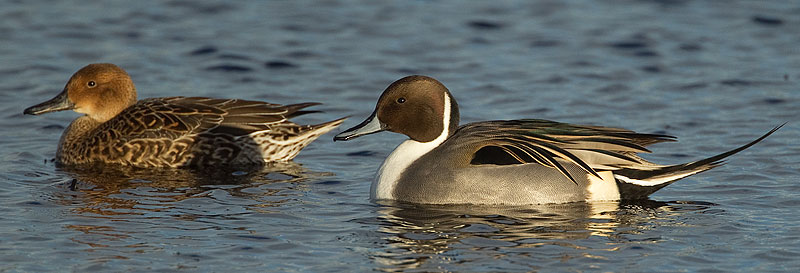
Finally a quick trip to Aller Moor to see the reintroduced common crane flock - something I've been meaning to do for some time. The additional draw today was the presence of a wild unringed bird. The flock of 26 was very distant, though you can just about make out the unringed bird below (third from left).

15th. A quick visit to Blagdon Lake to catch up with some of the excellent birds there. I saw the 4 distant pink-footed geese, and had better views of the sharp-tailed sandpiper that was with 33 dunlin, though it was still too distant for decent photos. Two common sandpipers were also present. 5 lesser redpoll over Flax Bourton.
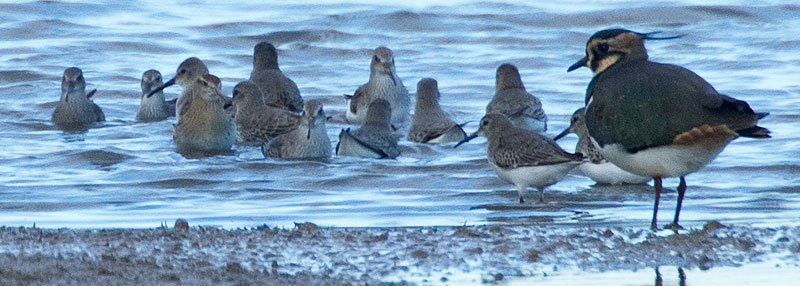
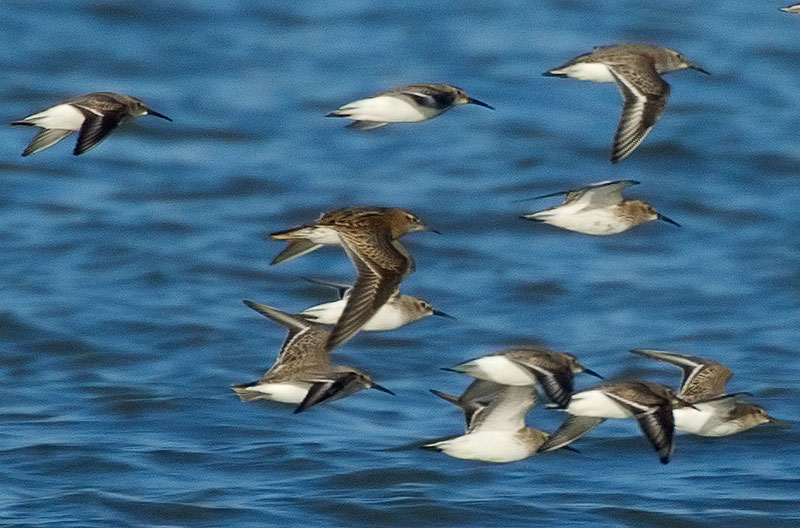
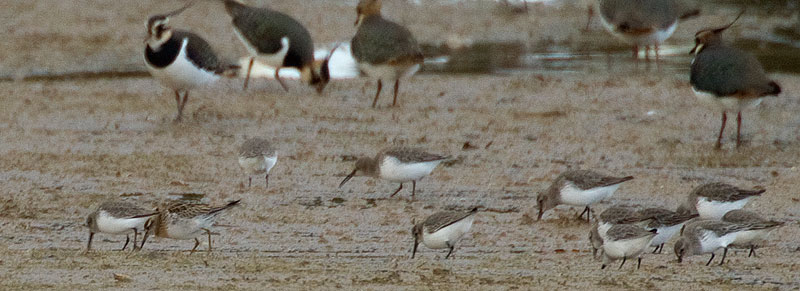

3rd - a visit to the Exe Estuary and some excellent birds around a wonderful meal in the Anchor Inn at Cockwood. Offshore at Dawlish Warren were a red-throated diver, a male eider and 2 common scoter. The drake American wigeon and a Slavonian grebe could be viewed distantly in Shutterton Creek from the Warren hide. Large numbers of dunlin (below), and several sanderling and grey plover gathered outside the hide during a relatively low high tide. At Topsham we eventually found the first-winter red-breasted goose among the dark-bellied brent geese in a field NW of Dart's Farm. A grotty photo in fading light below. Several hundred avocets were on the Exe at Topsham.
